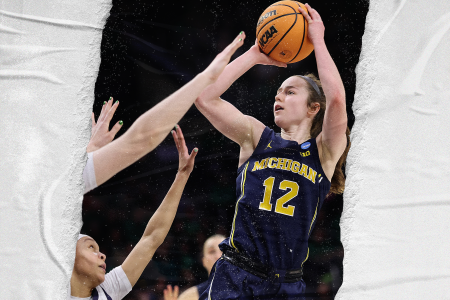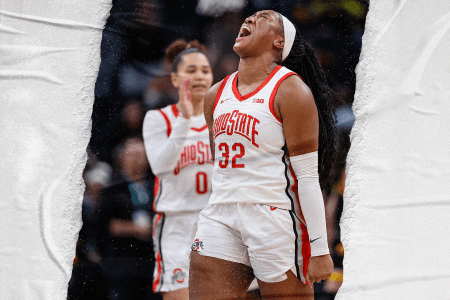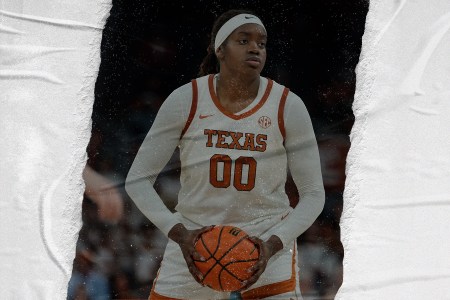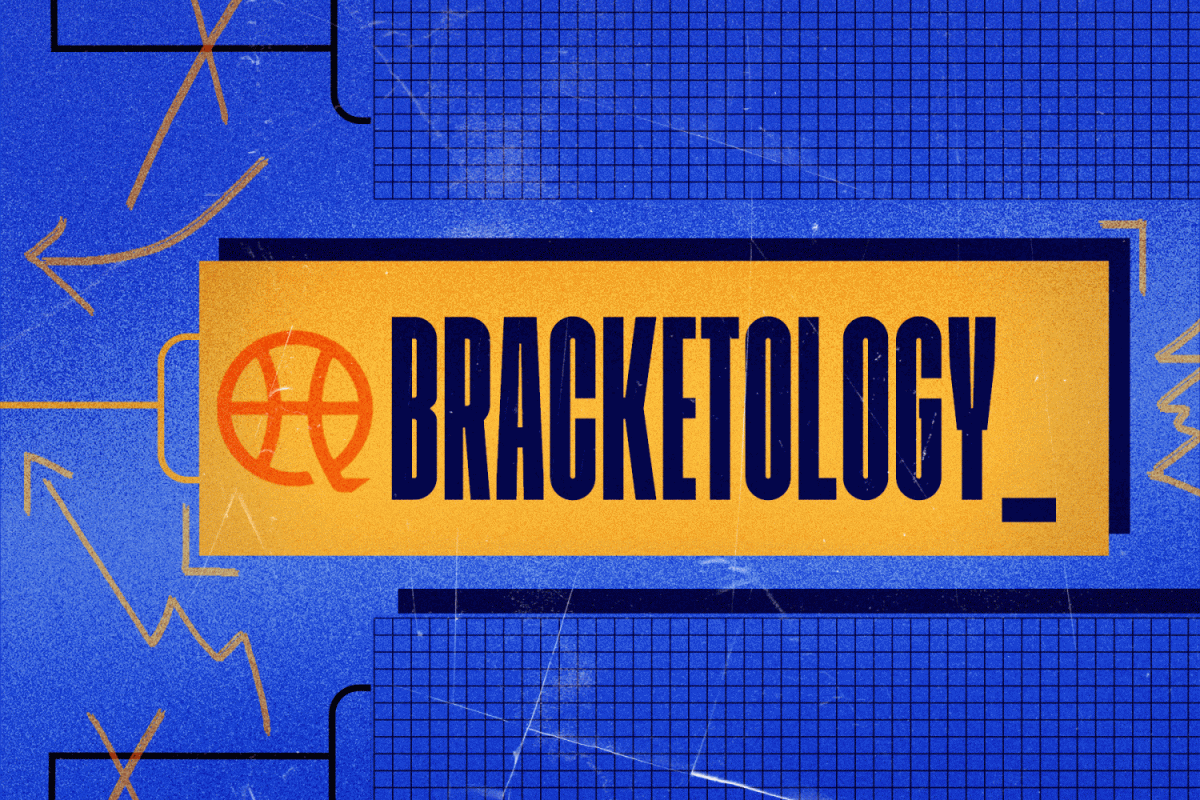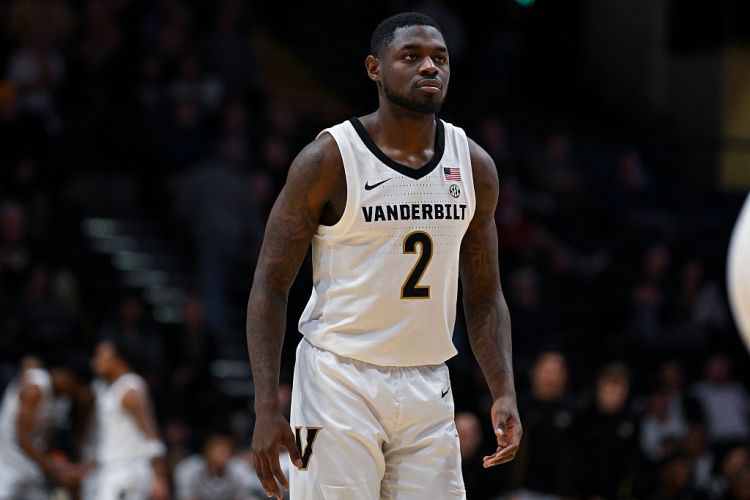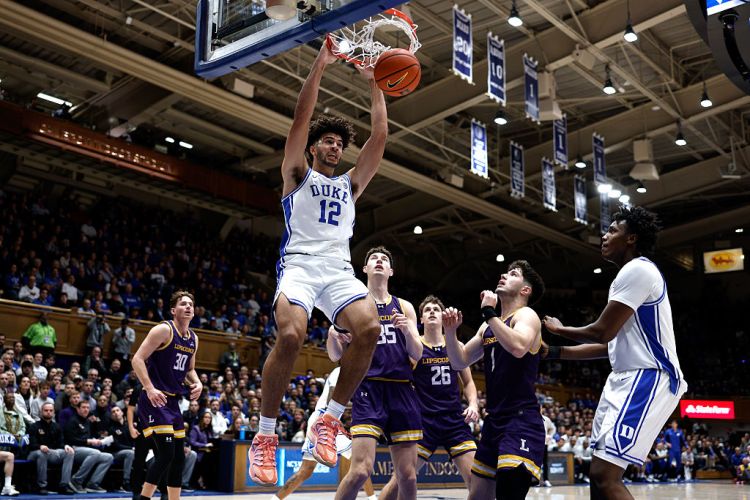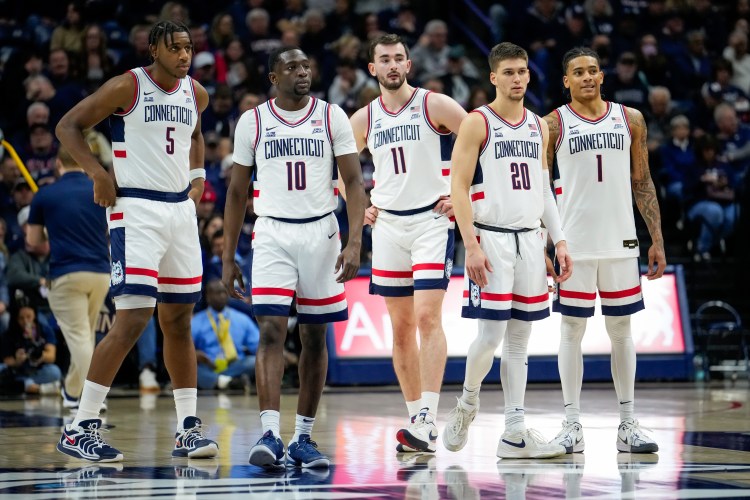After going undefeated in conference play, playing teams like Duke close in the regular-season and finishing the season with a top-50 NET ranking, South Dakota State women’s coach Aaron Johnston was certain his team would be in the March Madness field, regardless of what happened in the Summit League conference tournament. Then he saw the bracket.
“You see yourself up there as a 10, and you’re like, ‘Oh, I’m glad we won our conference tournament.’ You’re getting close to the end,” he said.
South Dakota State advanced out of the first round with an upset of No. 7 seed Oklahoma State. Cowgirls coach Jacie Hoyt called the Jackrabbits the “best 10-seed ever.” Their prize for was a second-round matchup with No. 2 UConn, which rolled 91-57. A more favorable seed could have yielded a different matchup and perhaps a deeper run.
But the NCAA Tournament Selection Committee often doesn’t know how to seed mid-major programs. Columbia coach Megan Griffith knows first-hand. Before taking over at Columbia in 2016, Griffith was on staff at Princeton. In 2015, the Tigers spent most of the season ranked in the top 15 of the AP poll, but they were a No. 8 seed when March Madness began. Princeton ended up beating another mid-major, Green Bay, in the first round before losing to No. 4 seed Maryland, who was hosting.
“I absolutely think we could have made a deeper run if we had the right seed,” Griffith said of that season. “But that’s what’s hard. These people selecting teams aren’t watching us play against those other teams that are fighting for spots in the tournament in the most important months. So we’re all trying to build our résumés for how good we are in November, in December, which is really tough to do.”
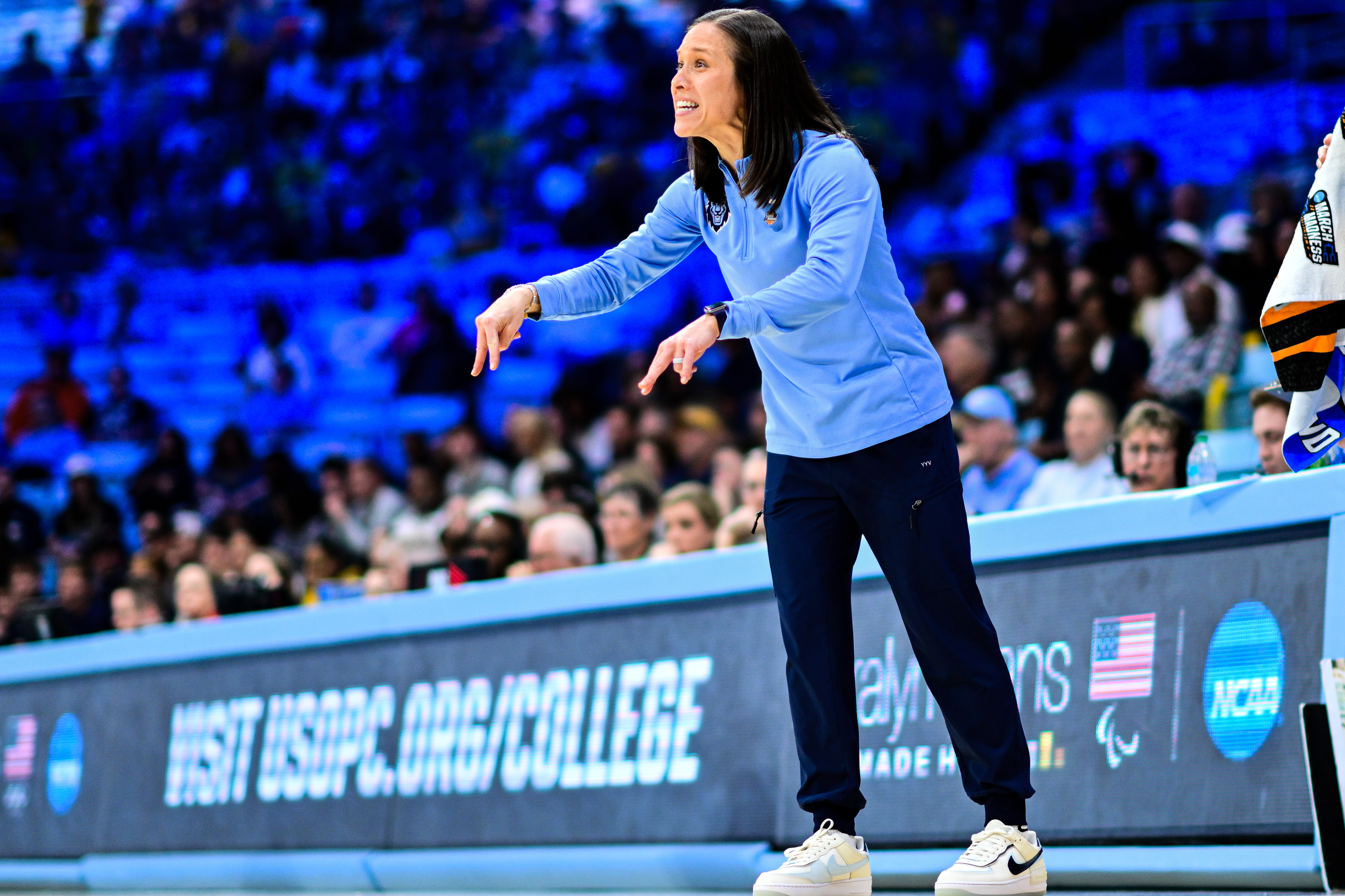
As with any program, mid-majors want the chance to compete for a national title. But building a bid-getting résumé is almost harder than winning games in March. Unlike Power Four teams, conference play doesn’t typically offer enough opportunities for things like Quad 1 and 2 wins, or the ability to rise in the NET rankings. An unexpected loss can derail the season.
Because of that, scheduling becomes all the more important. That’s why South Dakota State played Creighton, Georgia Tech, Duke, Oregon and Texas this season. They were blown out 103-57 against Texas, but lost by just four to Duke and defeated Creighton and Oregon. Had the Jackrabbits not won their conference tournament, those two wins would have been vital to earning a potential at-large bid. But getting big programs on the schedule is a challenge in itself.
During a news conference before UConn’s second-round win over South Dakota State, coach Geno Auriemma was asked if he would ever go to Brookings, South Dakota, to play the Jackrabbits.
“No,” Auriemma said with a smile. “When they’ve got five freshmen in the starting lineup, and I know when that’s happening, I’ll be happy to go up there.”
Auriemma was joking, but that is a real mindset for many high-major coaches. For them, there is little benefit to playing a good mid-major. It doesn’t help build their résumé and a loss would hurt. It’s a lose-lose situation. Griffith said it’s not as much of a problem with the country’s absolute best programs – think UConn or South Carolina – but the teams that fall directly after them in the rankings. Columbia has been steadily rising over the past few seasons, and the better the Lions get, the harder it is to schedule games.
“I’m not talking just about the best of the best teams,” she said. “I’m talking about 10 through 40. That’s where it’s really hard to schedule Quad 1 games. We used to be able to get guaranteed games. I haven’t been able to get a guaranteed game outside of those top three or four teams in the country in years now.”
The best way for mid-major teams to play Power Four opponents is to go to holiday tournaments. Columbia was able to play Indiana in the Bahamas over Thanksgiving break, and South Dakota State played Georgia Tech and Oregon in Hawaii. Richmond, one of three mid-major teams that earned an at-large bid this season, played Tennessee and Alabama in a December holiday tournament. But those tournaments come with a challenge as well: money.
“That’s the hard thing for mid-majors: You’re still having to pay to play in those tournaments,” Griffith said. “But at least you’re getting to compete against two to three Quad 1 opponents. And to me, that’s a big payoff. In the end, you have to make that sacrifice to put yourself in those positions because we can’t just get home-and-homes or even guarantees anymore.”
One potential solution to the lack of mid-major representation in March Madness is tournament expansion. But coaches from both the high- and mid-major level worry that adding more teams won’t automatically include more mid-major programs.
Auriemma thinks expansion simply would open the door for mediocre Power Four teams to get bids.
“If you’re going to keep letting teams with losing records in their league into the tournament, I’m not really excited about watching any of that,” he said. “If we were going to expand by 32 more teams and 20 of those 32 were going to be mid-majors that had great years, then I say let them in. But you really think that’s going to happen? I don’t.”
This season, three Ivy League teams were on the bubble, with Harvard winning the conference and the automatic bid and Princeton and Columbia each earning at-large bids. There were seven total mid-major teams on the 16-team bubble, alongside nine power teams. Griffith was pleased to see her conference well-represented in the tournament, but often, she says, mid-major teams have a much harder time getting off the bubble and into the field.
“The bubble teams aren’t usually mid-major teams, outside of this year,” she said. “So that is a fear of mine, that we expand the tournament only for more Power Four teams to get in. Because for us, if you drop a game or if you don’t win a game the way you’re supposed to or you go to overtime in a game you aren’t supposed to, your NET drops significantly.”
There are many flaws with the NET system, Griffith says, and it favors high-major teams. Because it takes into account things like margin of victory, there is no such thing as winning with class. Teams have to score as many points as possible. For example, Harvard beat Boston University by 60 points in December. That margin likely would have been much lower if the Crimson didn’t have NET rankings to consider.
“You’re not trying to ever run up a score or do anything like that, but you have to stay relevant,” Griffith said. “So for all of us coaches at this level, we know margins of victory are really critical for March.”
The list of challenges is long, but it’s also just part of being a mid-major coach. As long as these programs know what to expect, they can put a plan into place. But Johnston said expectations seemed to change this season. After 25 years at the helm, Johnston typically can tell where a team will be seeded. That wasn’t the case this season.
“I think for all coaches, we are just trying to understand so we can all plan and prepare and put ourselves in the best place possible,” he said.
For coaches like Griffith and Johnston, all they are really after is a fair chance for their programs to play on the biggest stage.
“For the committee, I’d just say, ‘What do you need us to do?’” Griffith said. “Because whatever it is, we will do it.”



